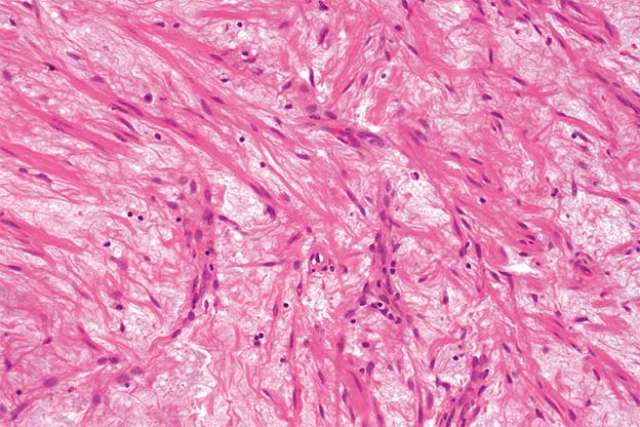As many as one-quarter of women will develop symptomatic uterine fibroids. Often, those with particularly troublesome cases undergo hysterectomy — major surgery to remove the uterus.
For many women, there is a better option, says Shenise Gilyard, MD, a UCLA Health interventional radiologist and expert in uterine artery embolization (UAE), a minimally invasive approach to treating fibroids.
During UAE, an interventional radiologist makes a small incision to access an artery in the top of the leg or the wrist and passes a catheter into the uterine arteries. Tiny gelatine-like particles are injected into the blood vessels of the uterus, blocking blood flow to the fibroid and causing it to wither.
While not every patient is a candidate for UAE, a nonsurgical approach to treating fibroids when, if possible, preferable, Dr. Gilyard says. “Sometimes the only option a patient is offered is hysterectomy,” she says. “That’s a big surgery, and there can be complications. It can take weeks to months to recover.”
Uterine fibroids are non-cancerous growths in the muscles of the uterus that can range from pea-size to six inches in diameter. They vary significantly among patients in terms of number, location, size and how fast they grow. Fibroids most commonly occur in women in their 30s or 40s. “Fibroids are extremely common,” Dr. Gilyard says. “They’re more common in Black women, affecting up to 80% of women, although we don’t know why.”
While fibroids sometimes cause no symptoms, large fibroids typically require some kind of treatment. They can detract from quality of life, causing heavy menstrual bleeding as well as pain, bloating, cramping and constipation. Fibroids can interfere with fertility and can increase the risk of miscarriage. “Sometimes women bleed so much they become anemic or even need blood transfusions,” Dr. Gilyard says.
Sometimes women are prescribed medications to control bleeding and pain, but often a procedure is necessary. One alternative to hysterectomy is a surgery called myomectomy to remove just the fibroids from the uterus. Myomectomy recovery can take several weeks, however, and the fibroids may grow back.
“Fibroids are extremely common. They’re more common in Black women, affecting up to 80% of women, although we don’t know why.”
Many women worry about the impact of fibroid treatment on their fertility, Dr. Gilyard notes. Both myomectomy and UAE can impact fertility, although it is still possible to become pregnant. Physicians should carefully assess each individual case before advising patients on treatment, she says. “At UCLA, patients undergo a comprehensive, multidisciplinary workup to understand the condition and provide options.”
Patients receive ultrasound and MRI, which provides detailed images, to pinpoint the exact cause of the bleeding. If any tests point to possible cancer, the patient should have surgery, Dr. Gilyard says. For fibroids that are deeply embedded in the uterus, myomectomy may be the best option. But many other patients can undergo UAE. “UAE is very effective for patients experiencing bleeding,” she says. “It resolves the symptoms in more than 90% of cases. The recovery time is 24-to-48 hours. I’ve had women say ‘I wish I had done this sooner. You’ve given me my life back.’”
Women with symptomatic fibroids should ask about UAE, Dr. Gilyard advises. “Studies show one-in-five women believe hysterectomy is the only option,” she says. “There is definitely a knowledge gap where people don’t know UAE exists, and they don’t know to ask for other options.”
For more information about uterine artery embolization at UCLA Health.

